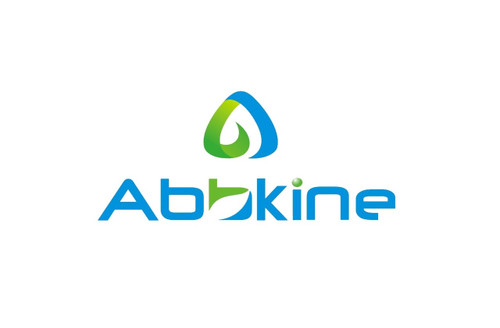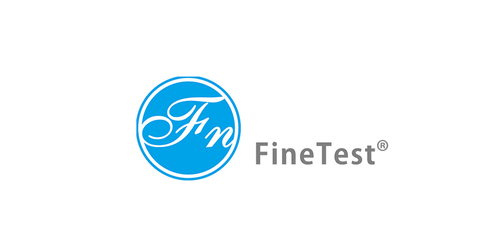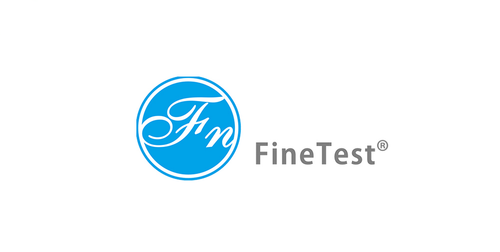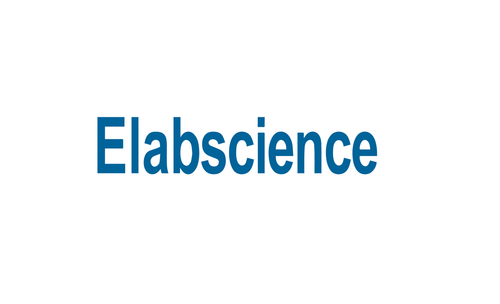Product Description
Mouse Forkhead box protein C2 (FOXC2) ELISA Kit | AE61018MO | Abebio
Species Reactivity: Mouse (Mus musculus)
Abbreviation: FOXC2
Alternative Name: FKHL14; LD; MFH-1; MFH1; MFH-1;mesenchyme forkhead 1|forkhead box C2|forkhead; Drosophila; homolog-like 14
Application: ELISA
Range: 0.312-20 ng/mL
Sensitivity: 0.126 ng/mL
Intra-Assay: ≤6.9%
Inter-Assay: ≤11.8%
Recovery: 1, 07
Sample Type: Serum, Plasma, Other biological fluids
Detection Method: Sandwich
Analysis Method : Quantitive
Test Principale: This assay employs a two-site sandwich ELISA to quantitate FOXC2 in samples. An antibody specific for FOXC2 has been pre-coated onto a microplate. Standards and samples are pipetted into the wells and anyFOXC2 present is bound by the immobilized antibody. After removing any unbound substances, a biotin-conjugated antibody specific for FOXC2 is added to the wells. After washing, Streptavidin conjugated Horseradish Peroxidase (HRP) is added to the wells. Following a wash to remove any unbound avidin-enzyme reagent, a substrate solution is added to the wells and color develops in proportion to the amount of FOXC2 bound in the initial step. The color development is stopped and the intensity of the color is measured.
Product Overview: FOXC2 is also involved in cancer metastases. Particularly, expression of FOXC2 is induced when epithelial cells undergo an epithelial-mesenchymal transition (EMT) and become mesenchymal looking cells. EMT can be induced by a number of genes including Snail, Twist, Goosecoid, and TGF-beta 1. Suppression of FOXC2 expression using shRNA in a highly metastatic breast cancer model blocks their metastatic ability. The nature of these Foxc2-generated responses was consistent with protection against obesity and related symptoms, such as diet-induced insulin resistance. Furthermore, in wildtype mice, Foxc2 mRNA levels were upregulated by high-fat diet, whereas mice with targeted disruption of 1 Foxc2 allele had a decreased interscapular BAT cell mass.
Stability: The stability of ELISA kit is determined by the loss rate of activity. The loss rate of this kit is less than 5% within the expiration date under appropriate storage condition. The loss rate was determined by accelerated thermal degradation test. Keep the kit at 37°C for 4 and 7 days, and compare O.D.values of the kit kept at 37°C with that of at recommended temperature. (referring from China Biological Products Standard, which was calculated by the Arrhenius equation. For ELISA kit, 4 days storage at 37°C can be considered as 6 months at 2 - 8°C, which means 7 days at 37°C equaling 12 months at 2 - 8°C) .
 Euro
Euro
 USD
USD
 British Pound
British Pound
 NULL
NULL








